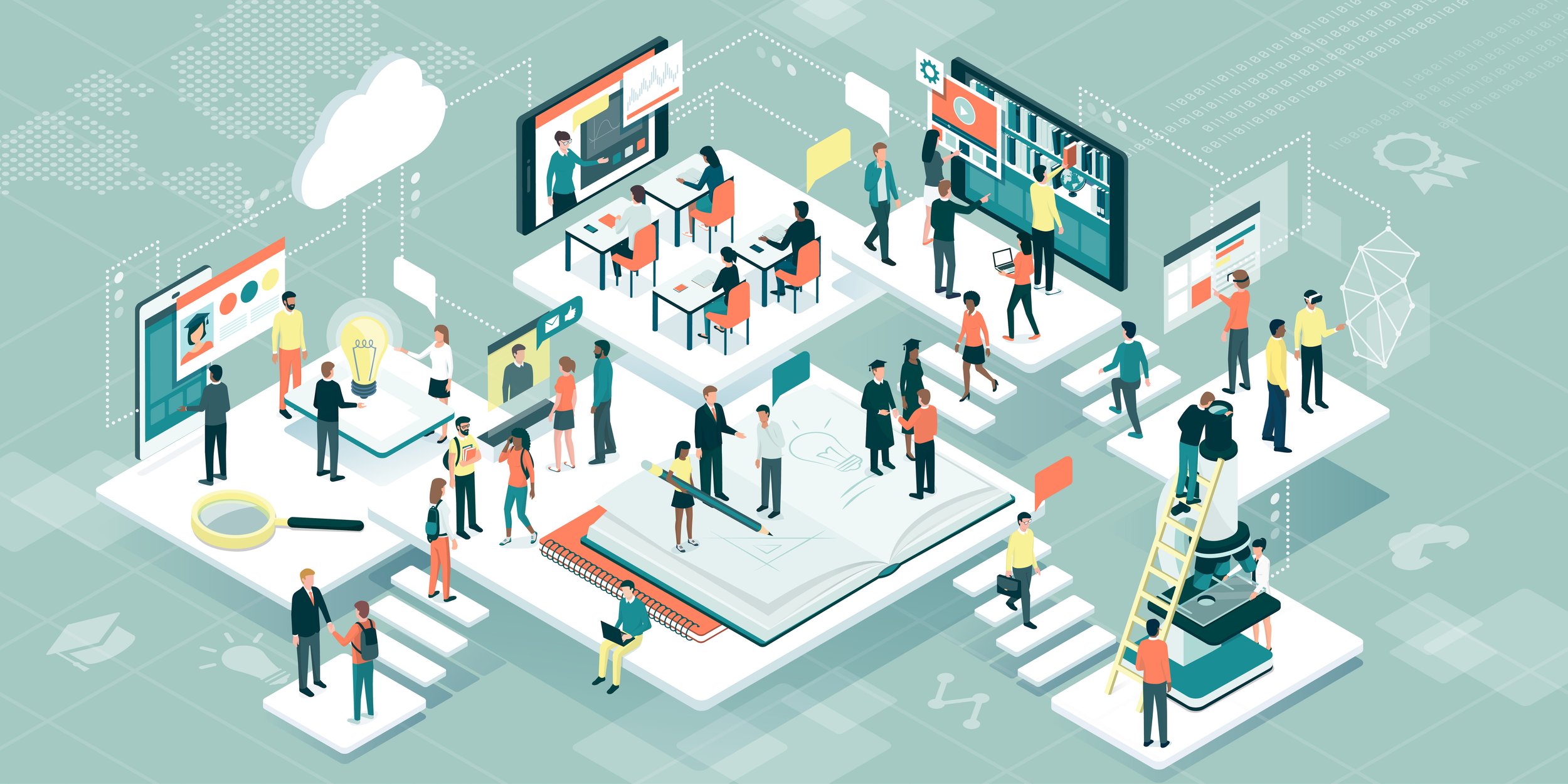
User-Centered Innovation
When discussing innovation, initially, ideas tend to center around technology, specifically new products or services that can be developed or adopted to innovate within a solution space.
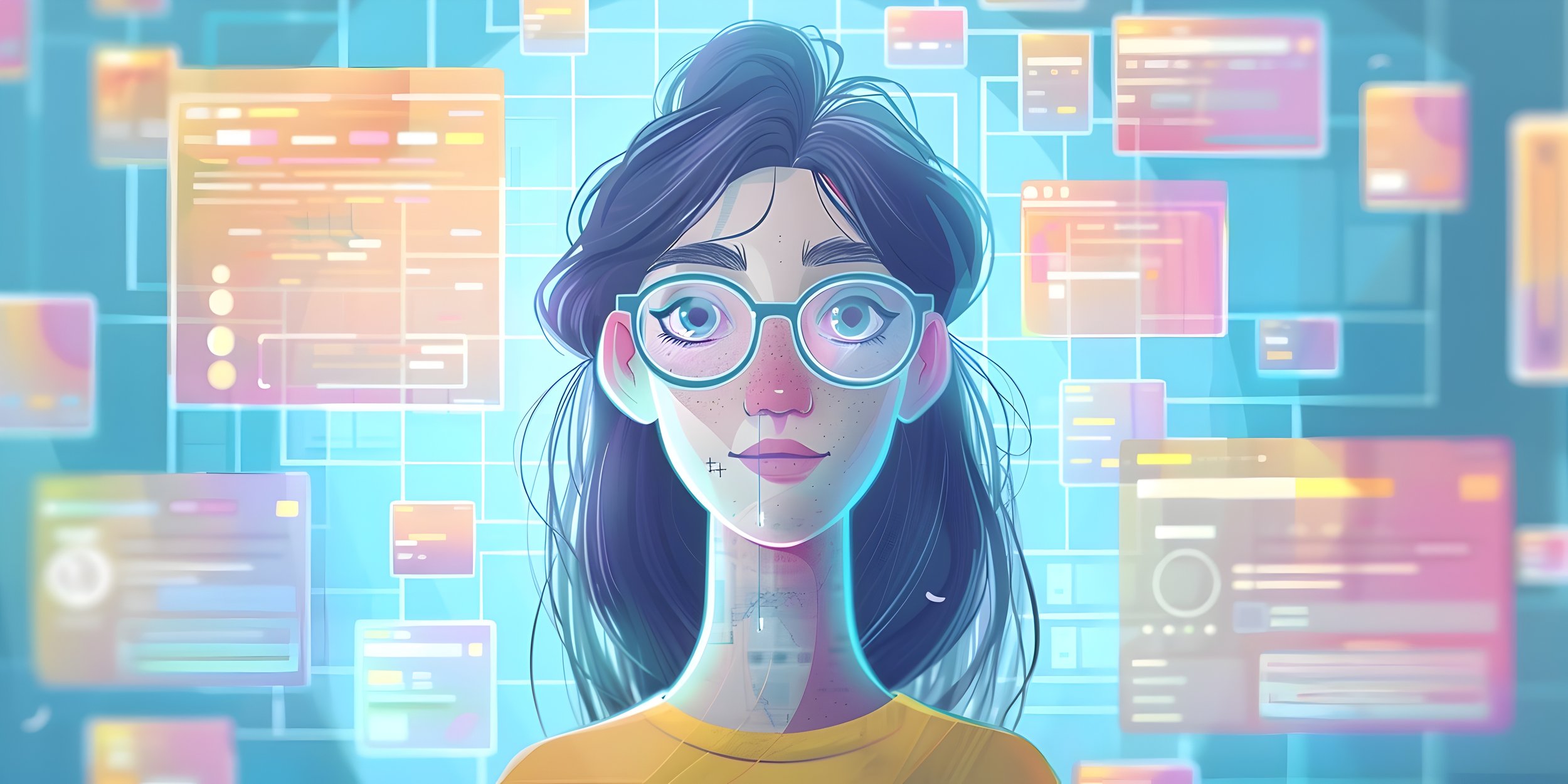
From User To Individual: The Evolution of Interfaces Through AI
In the rapidly evolving digital design landscape, the emergence of generative artificial intelligence (AI) is signaling a new era of personalized user experiences. A looming shift towards Generative User Interfaces (GenUI) is not merely about aesthetic enhancements but redefining how users interact with digital platforms.

Visual Storytelling: A Strategy For Creating Compelling Narratives
Visual storytelling is a form of communication leveraging a mix of images, colors, and words to convey concepts, stories, or ideas that are engaging and impactful. It’s a powerful tool for explaining complex and conceptual ideas, making them accessible to a broader audience.

AI Ressurects Beatles’ Unfinished Song: Future Challenges to Our Assumptions About Creative Legacies
On November 2, 2023, The Beatles released a “new” single comprised of contributions by both surviving and deceased members. Upon its release, their song “Now and Then” debuted at number one on the Billboard Digital Song Sales chart and peaked at number seven on the Billboard Hot 100 chart - currently dominated by artists Taylor Swift, Doja Cat, and Drake. The song, whose origins began decades ago as part of a home recording by John Lennon, was made fit for release in its new context thanks to AI-powered technology enabling the separation of the demo’s audio components, providing the living members of The Beatles a basis to construct a whole song around John Lennons’ existing vocal track.

User-Centered Design: A Problem-First Approach
When designing new products or user experiences, it is essential to start by defining the problem that needs to be solved. Leading with solutions rather than identifying the problem can be a problematic approach to innovation. This approach can result in misaligned outcomes, wasted resources, and missed opportunities. A user-centered design method employs empathy, understanding the needs and challenges of the learners we serve, and imagining how things could be different
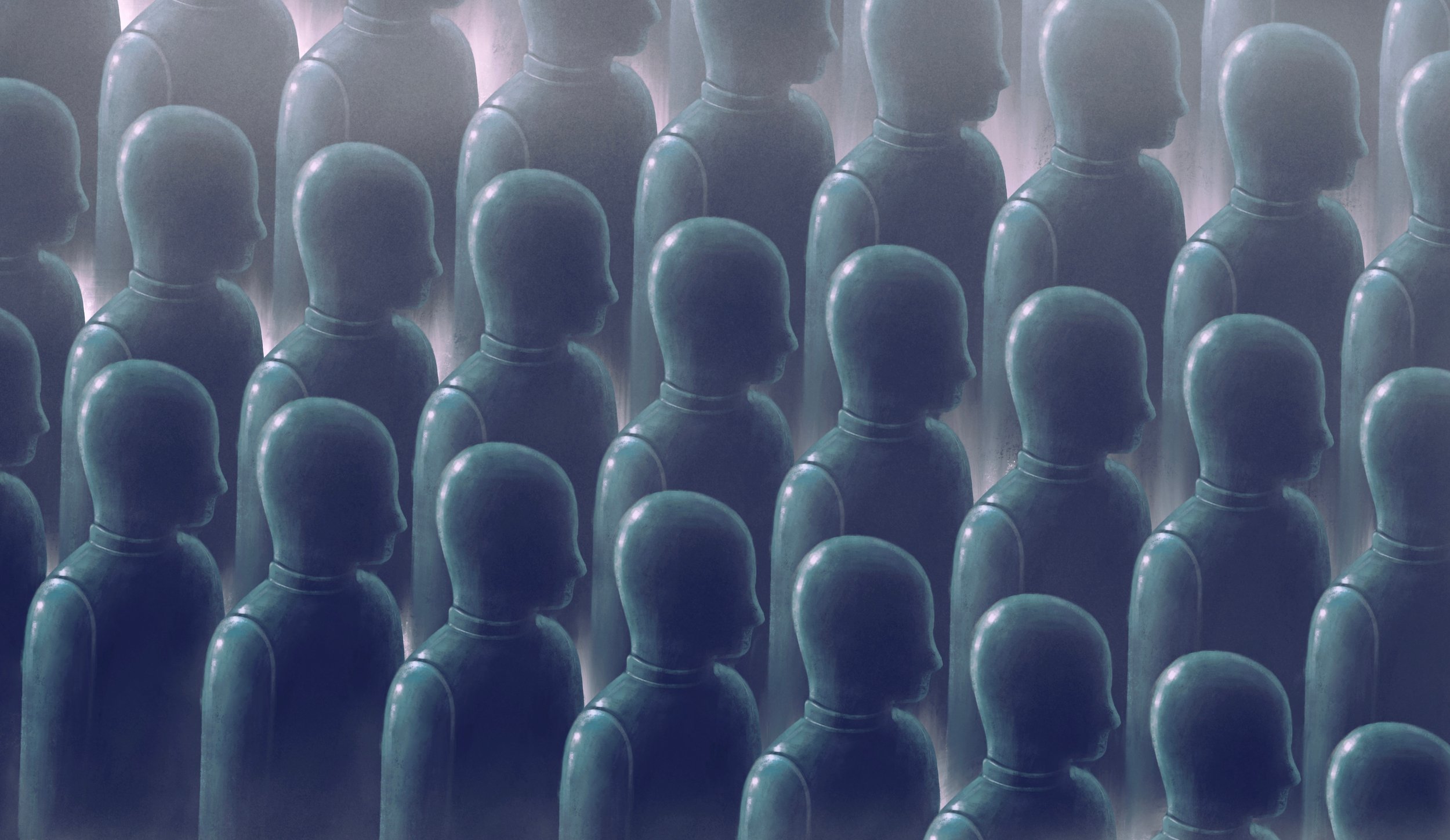
Overcoming Anxiety About AI-Enabled Experiences
Artificial Intelligence (AI) has the potential to revolutionize education by offering personalized learning experiences, improving productivity, and promoting inclusivity. However, integrating AI into educational experiences can also cause anxiety among educators, who worry about job displacement, ethical concerns, and the impact on critical thinking skill development.
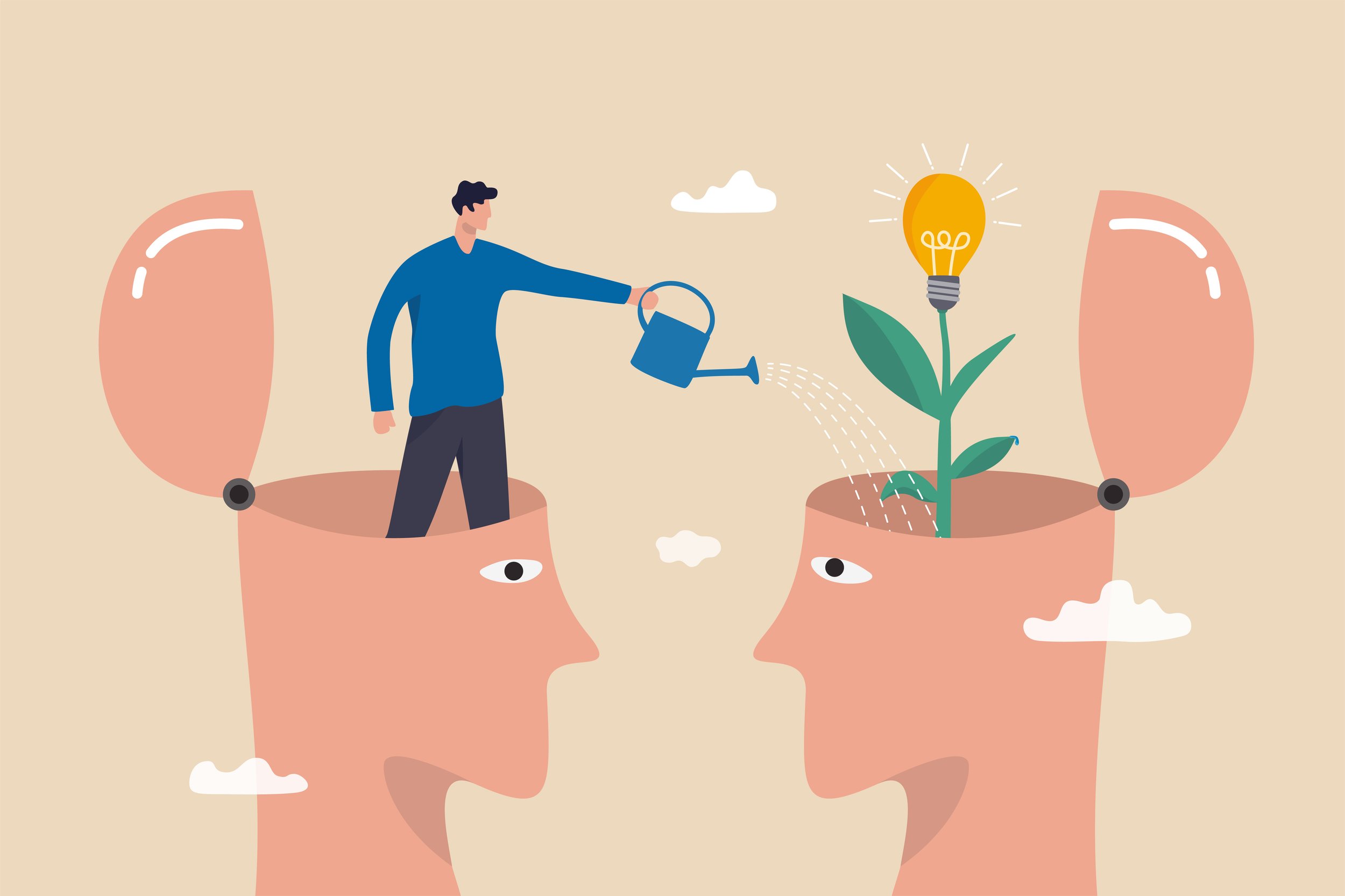
Unleashing The Power of Curiosity For Problem-Solving
Curiosity, the innate desire to know and understand, can be a powerful force behind problem-solving and innovative breakthroughs. It fuels our minds, opens us to new possibilities, and helps us overcome challenges by seeking new approaches and creative solutions. This article will explore the importance of curiosity in problem-solving and how it can lead to innovative breakthroughs.
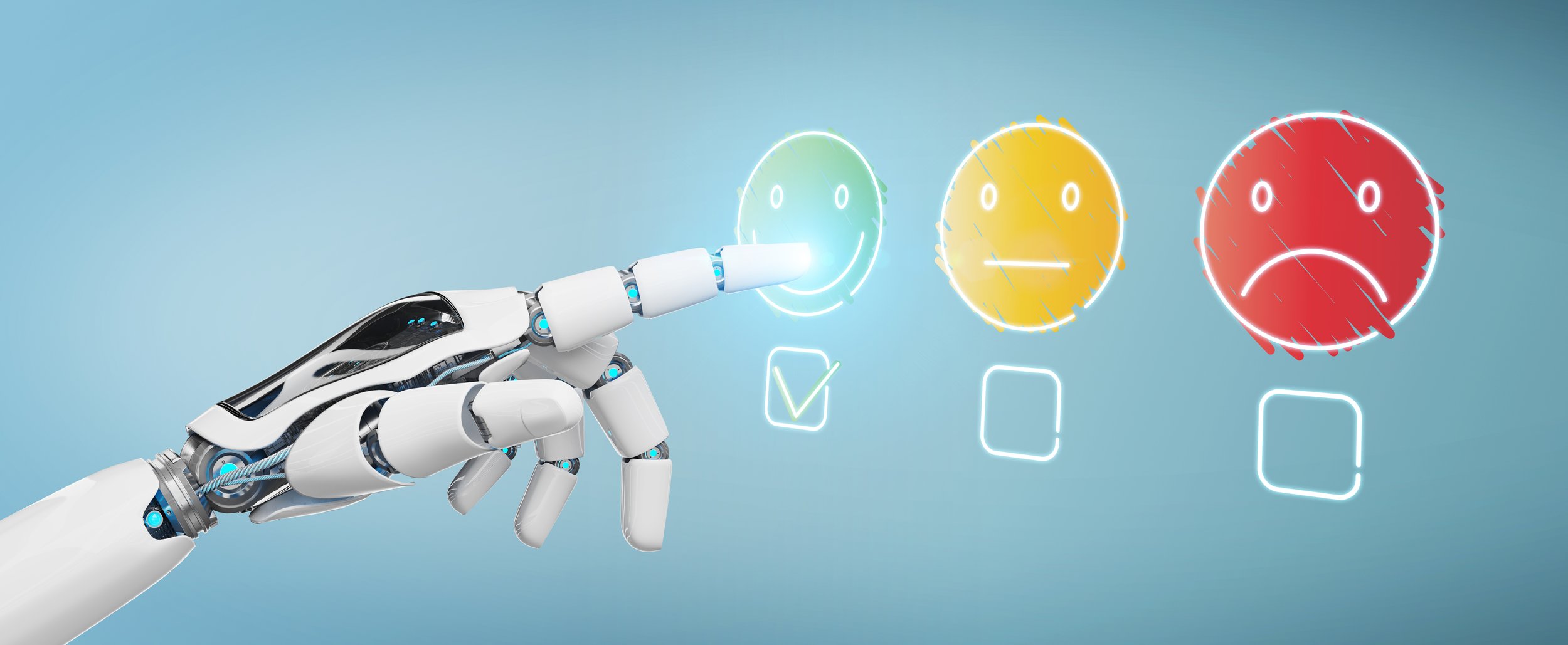
Adapting For New Generation of Learners
As the rapid emergence of generative artificial intelligence (AI) tools continues to impact education, our lives, and the future of work, a generational divide has emerged in perceptions and use of AI. This divide has significant implications for the future of education, particularly for non-traditional learners.

Empowering Innovation: Fostering Creativity & Collaboration
Building a creative and innovative organization requires fostering a culture that encourages employees to collaborate and provides opportunities for creative problem-solving and risk-taking.
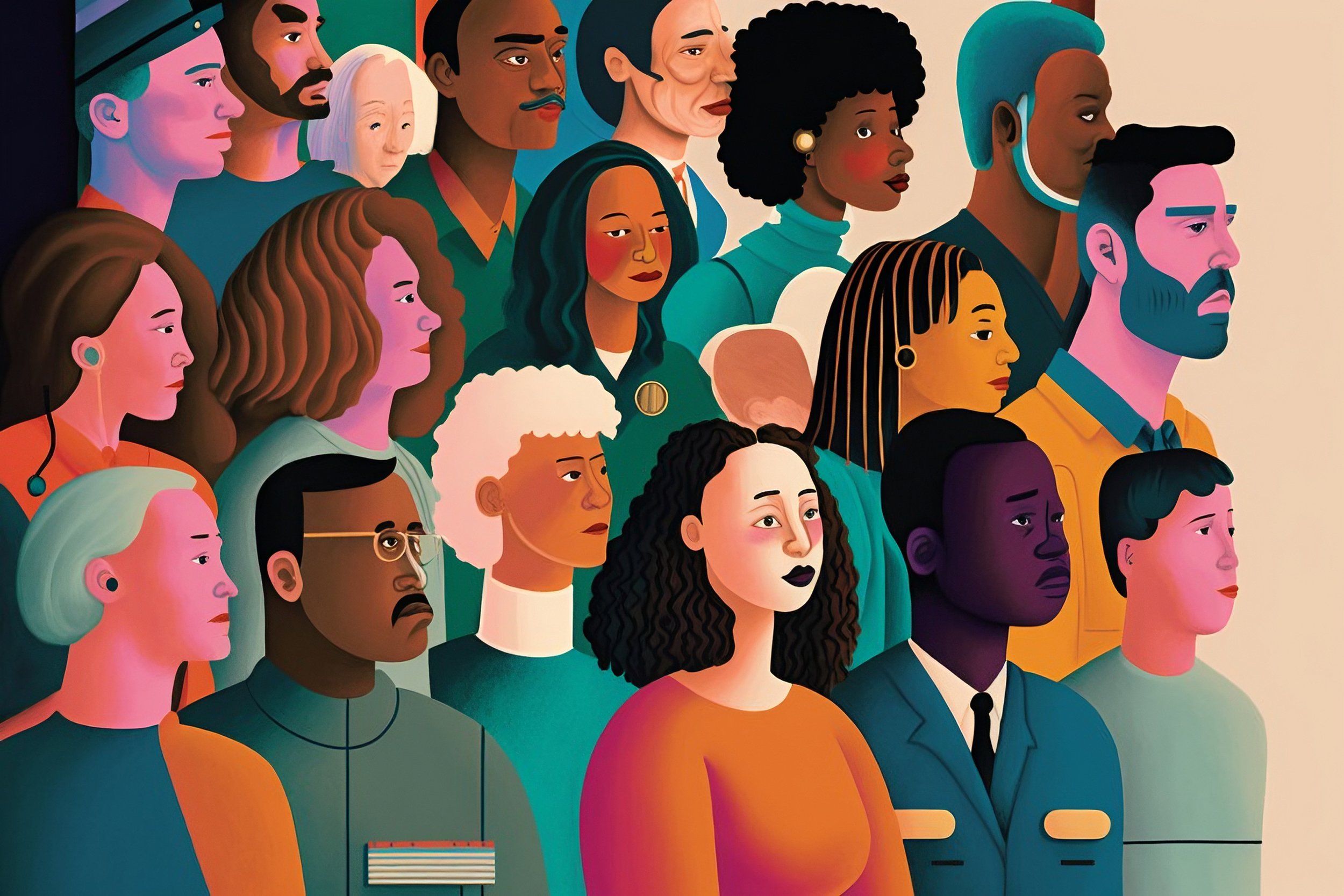
Design Thinking: A Framework For Promoting Inclusion and Minimizing Bias
Design thinking is a non-linear, iterative framework used to understand users, challenge assumptions, and define problems. This human-centered approach to creative problem-solving can transform organizations’ development of products, services, and experiences.
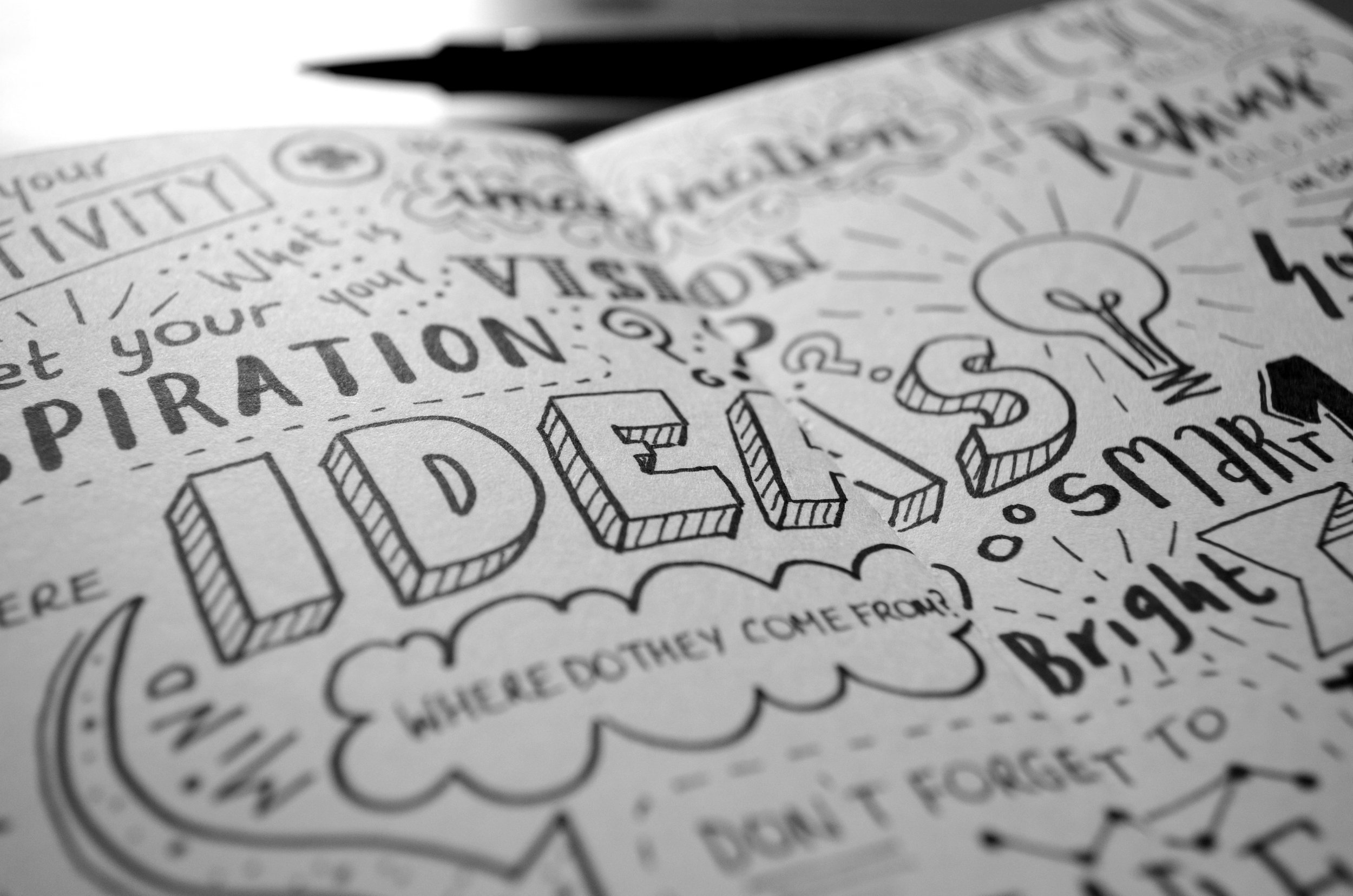
The Ideation Phase: Maximizing Potential Solutions
In a prior posting, I wrote about the interdependence of collaboration and cross-functional teams in successfully executing design thinking. The step of the design thinking process where this is most evident is our ability to ideate creatively in approaching the problems we are attempting to solve.
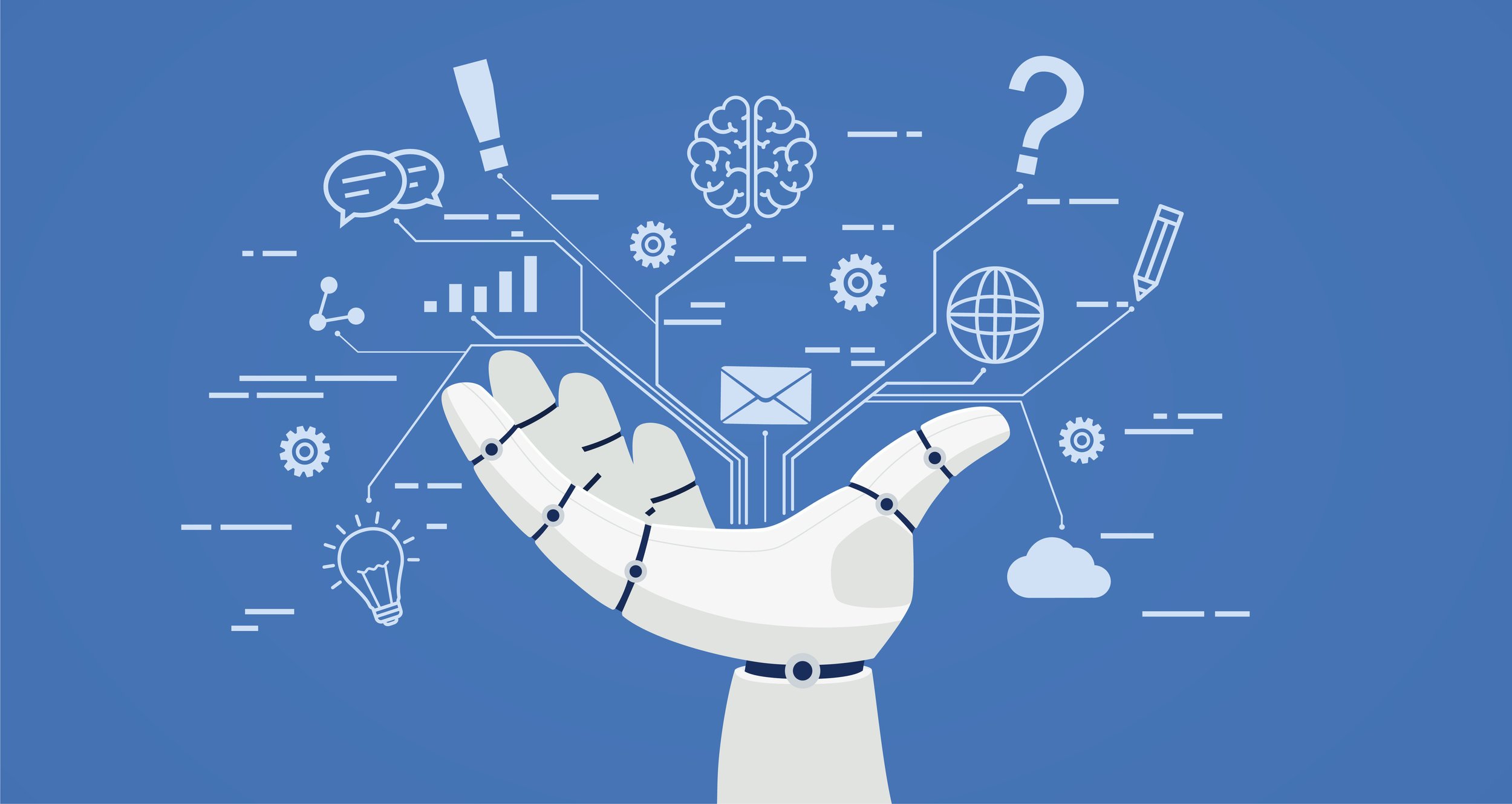
Leverage AI-Enabled Tools For Design
With the availability of several high-profile and sometimes controversial AI tools in the past 8-12 months, much of the focus and enthusiasm centers around the far-reaching impact (both good and bad) these tools will have. At the same time, while lacking sophistication, the AI tools available today still offer ways to streamline and automate routine tasks in new ways.

Midjourney & Artificial Intelligence (AI) Visuals
Midjourney is a tool that uses artificial intelligence (AI) to generate images based on user input. This technology has the potential to revolutionize the fields of art and design, offering artists and designers a new way to create and explore visual ideas.
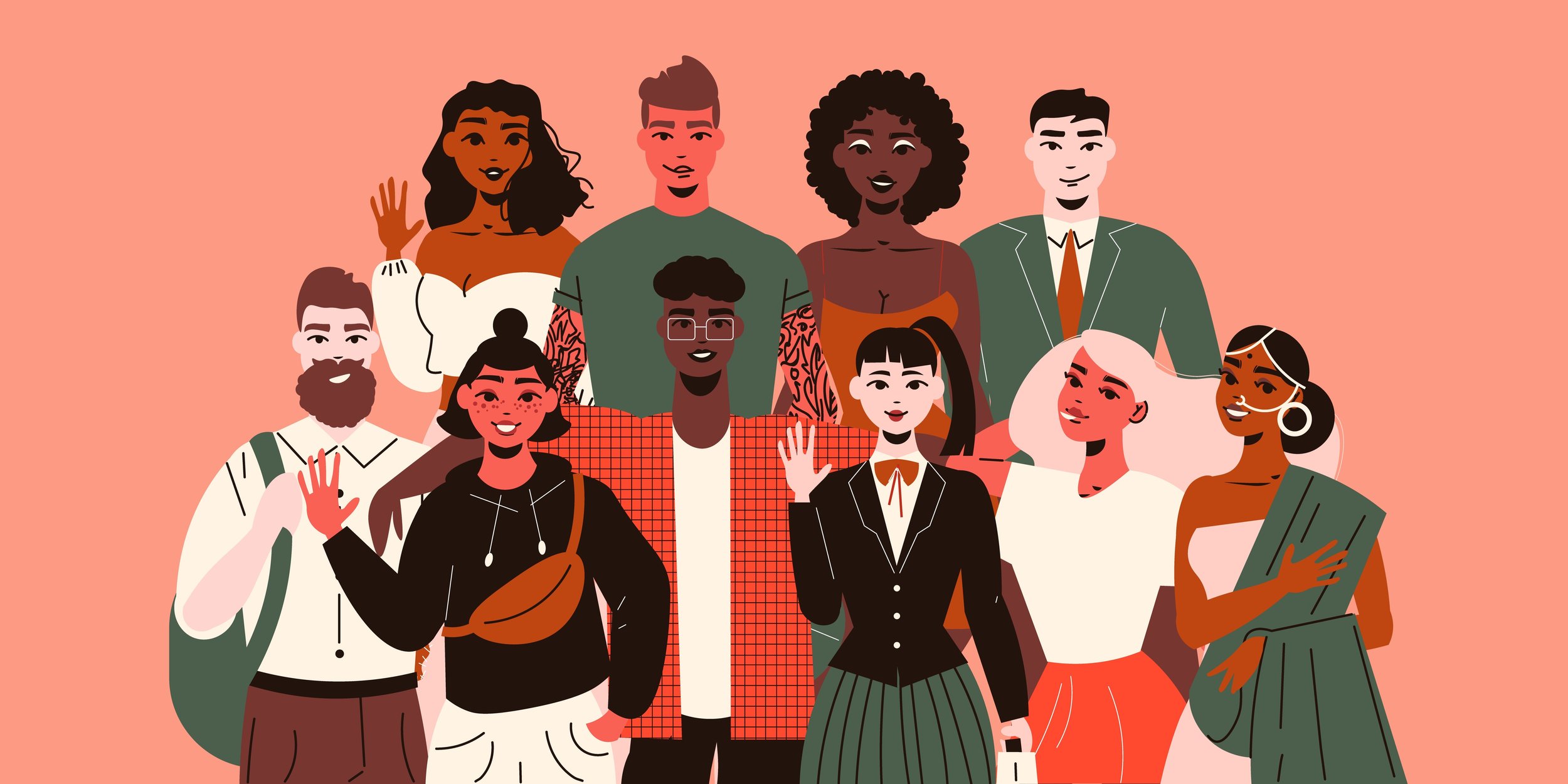
Inclusive Design Framework
In previous postings, I’ve discussed the importance of an empathetic and user-centered approach to designing student experiences. Through user experience or design thinking frameworks, the user is placed at the center of the design process to ensure alignment of requirements to meet their needs and to facilitate a deeper understanding of the students our designs will serve.

Cross-Functional Collaboration
As part of my ongoing effort to bring awareness to the design thinking framework, I wanted to address the importance of collaboration and its interdependency with design thinking while executing a successful project plan.

Empathy In Design
In my inaugural post, I wrote about design thinking and the importance of a human-centered approach my team seeks to employ in our work. A core concept of the design thinking process is empathy, which is used to understand better the people we are designing for.

Design Thinking
With rapid change in an already complex world, knowing what problems to solve and how to approach solution development are increasingly challenging. Internal and external factors of uncertainty, disruption, and chaos often make it difficult to focus on long-term solutions rather than specific symptoms for current problems.
